Reduce your printing costs
Practical advice on cutting down your print costs, from paper to toner to man hours.
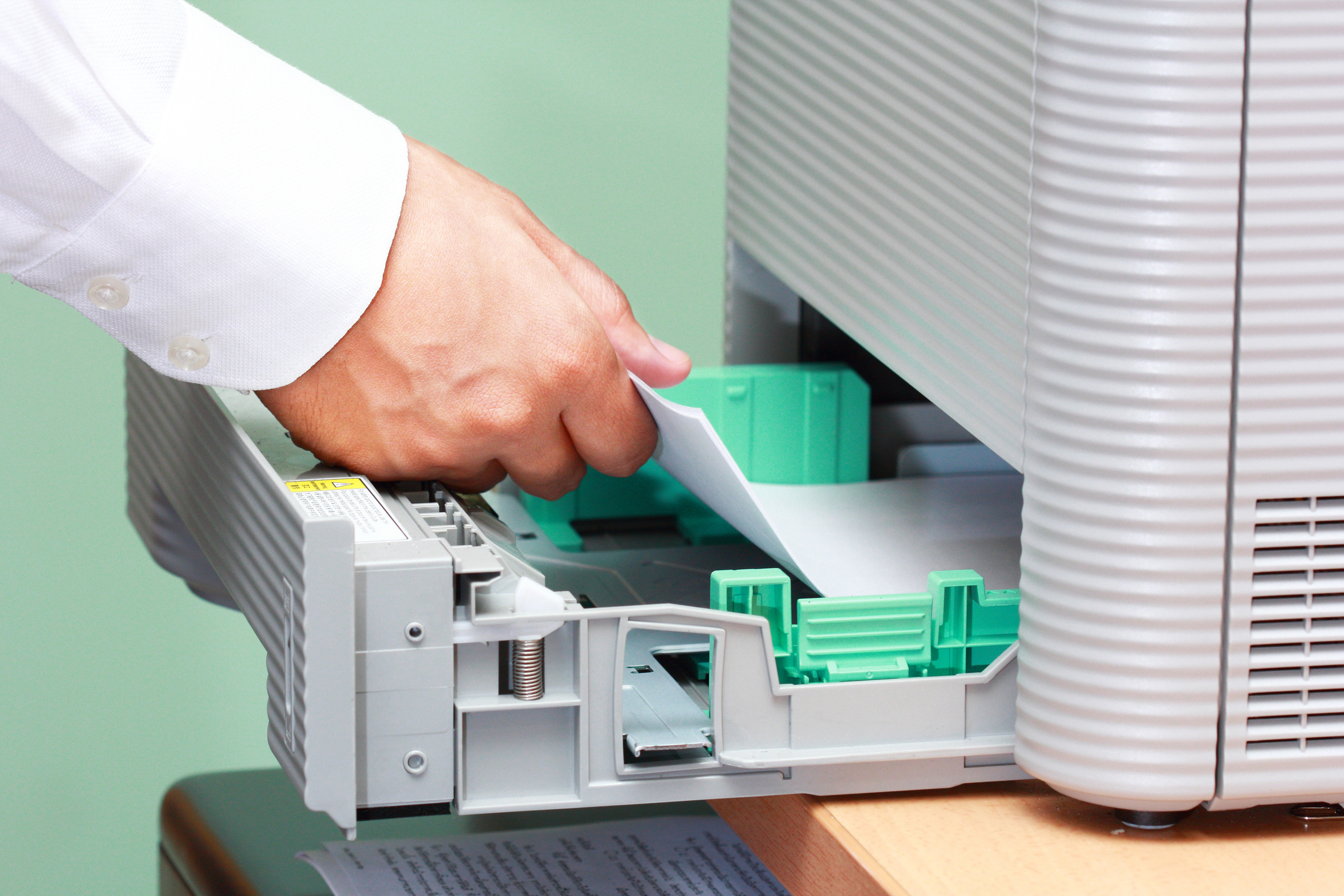
Printing doesn't have to be expensive, but too many companies struggle to keep an eye on print costs while many employees think too little about what and how they print.
Businesses often bargain hard for the best deals on new printer hardware, but then neglect to pay sufficient attention to the real expense: the running costs. Companies can find themselves paying upwards of 20p per colour side of A4 as they opt for unsuitable hardware with poor value consumables, just because the printer had the cheapest initial asking price. Left unchecked, employees can also add to the bills by needlessly printing draft documents in full colour, choosing an expensive grade of paper, printing only on one side, and leaving forgotten print-outs languishing in the output trays.
One of the big mistakes companies make is clinging to printer hardware for too long. Not only do maintenance costs start to escalate once a printer is a few years old, but it will also fail to offer the economies available from modern hardware. Modern laser printers don't only offer far cheaper costs per page, they're also more energy efficient, saving on power bills (as we'll detail in the tips below).
It doesn't take much to drive costs down. All you need is a strategy and some training to pull it all together. In this feature we deliver practical hints on how to drive down your printing costs, reducing those 20p per page printouts to just a few pence per side, or delivering monochrome prints for less than a penny a side.
1. Match hardware to your print demands
No printer hardware should be purchased without first calculating the number of pages the printer will be expected to deliver over the course of a month. All printers have what is known as a "duty cycle," the maximum number of pages they can be reasonably expected to deliver per month. Cheaper printers tend to have lower duty cycles. The 109 HP LaserJet Pro CP1025 Color Printer, for example, has a duty cycle of 15,000 pages per month, whilst the 500 HP Color LaserJet Enterprise M553dn can deliver up to 80,000 pages. Push a printer much beyond its stated maximum, and you'll likely pay the price with increased maintenance costs and shortened hardware lifespans.
Printers with bigger duty cycles also tend to offer bigger, better value consumables. The 187 black cartridge for the M553dn delivers 12,500 pages, at a cost of 1.5p per page. The 62 black toner for the CP1025 delivers only 1,200 pages, at a cost per page of 5.2p per page. For those with high print demands, that 400 saving on the cost of the hardware is quickly going to be cancelled out by the increased print costs. After just 10,600 pages, the more expensive laser printer is going to work out cheaper.
2. Change what you print
There will always be documents that need printing, whether resources for customers or reference materials for staff. However, some documents could be just as well distributed by email, or placed on an intranet where everyone can find them. Don't waste ink and paper on newsletters and memos; make them digital and save some money.
3. Push for pull printing
Many office printers now support pull printing, where the employee has to activate their job when at the printer, providing authentication at the same time. This is good for security, as people only see the prints that they originated, but it also saves money: you won't get staff walking off with someone else's prints. Most of all, it stops users printing a document and leaving it sitting in the tray, or printing it, forgetting they've printed it, and printing it again. That's waste you can easily do without.
4. Upgrade your hardware for greater economy
If it ain't broke, don't replace it,' is the mantra of many IT departments. However, an upfront investment in new hardware can deliver long-term savings. Colour laser print costs have tumbled significantly in recent years. Enterprise-grade laser printers can now deliver colour A4 prints for as little as 6.5p per page, whereas you were looking at around double that for models sold five years ago.
Today's lasers are also much more energy efficient. Modern devices wake from sleep modes much more quickly, taking less time to warm the toner, and so can spend much more time in the energy-saving mode than their predecessors, which only used to power down overnight or after prolonged idle periods to minimise employee frustration.
The EnergyStar label, which many of the printer manufacturers carry on their products, insists that even large printers consume no more than 4.9 watts in sleep mode (less than the majority of energy-saving lightbulbs), and that most models should lapse into sleep mode within 30 minutes of inactivity. There is, of course, nothing to stop IT departments reducing that duration further in the device's settings.
It's not only the direct energy saving costs that are reaped by moving to modern printer hardware. A printer that spends the majority of its time in a low-energy state will generate less heat, reducing demand on office air conditioning. There are productivity benefits, too. As technology improves, print speeds increase, meaning employees spend less time dawdling by the printer waiting for their documents to arrive, or with their print jobs stuck in a queue behind those of colleagues.
5. Make draft your default
Not all documents need to be printed at the highest quality settings. Draft quality is fine for internal use, and it makes printing lengthy documents not just cheaper but faster, too. Reserve high quality for documents that customers will see. If you can, set draft as the default on every PC and train your staff to keep it that way.
6. Black and white can be best
You don't need colour logos in internal documents, and monochrome reports are just as easy to proof as colour ones. Nor does every internal report need its headings, charts and graphics printed in glorious colour. As with the quality settings, make black and white the default, and save colour for the situations where it matters.
7. Dump personal printers
Some managers see personal printers as a perk or a necessity for security, but with high-speed printers and secure pull printing, using a workgroup printer isn't any less secure or efficient. Personal printers nearly always cost more per page, and are a pain for the IT team to manage. Ditch them, and don't be afraid to explain why.
8. Set up duplex printing to reduce printing costs
The vast majority of office printers support two-sided printing, so why doesn't everyone use it? Make it the norm rather than the exception and if you can set it in the drivers by default. You might not halve your print costs but you'll definitely make a dent in them, and your consumption of paper is guaranteed to drop.
9. Change fonts to reduce printing costs per page
Some fonts use more ink than others, and the larger you make the point size, the more ink they burn through. The University of Wisconsin-Green Bay reduced printing costs by 10 per cent just by switching from Arial to Century Gothic for prints. Set styles for office documents with lighter fonts and smaller sizes; a reduction of 1 or 2 points could also see you using fewer sheets of paper. Discourage the over-use of bold and underline in documents, and avoid bulky, high-impact fonts for headings. Every little helps.
For more advice on transforming your business, visit HP BusinessNow
Get the ITPro daily newsletter
Sign up today and you will receive a free copy of our Future Focus 2025 report - the leading guidance on AI, cybersecurity and other IT challenges as per 700+ senior executives
Barry Collins is an experienced IT journalist who specialises in Windows, Mac, broadband and more. He's a former editor of PC Pro magazine, and has contributed to many national newspapers, magazines and websites in a career that has spanned over 20 years. You may have seen Barry as a tech pundit on television and radio, including BBC Newsnight, the Chris Evans Show and ITN News at Ten.
-
 The Race Is On for Higher Ed to Adapt: Equity in Hyflex Learning
The Race Is On for Higher Ed to Adapt: Equity in Hyflex LearningBy ITPro
-
 Google faces 'first of its kind' class action for search ads overcharging in UK
Google faces 'first of its kind' class action for search ads overcharging in UKNews Google faces a "first of its kind" £5 billion lawsuit in the UK over accusations it has a monopoly in digital advertising that allows it to overcharge customers.
By Nicole Kobie
-
 Help skilled workers succeed with Dell Latitude 7030 and 7230 Rugged Extreme tablets
Help skilled workers succeed with Dell Latitude 7030 and 7230 Rugged Extreme tabletswhitepaper Help skilled workers succeed with Dell Latitude 7030 and 7230 Rugged Extreme tablets
By ITPro
-
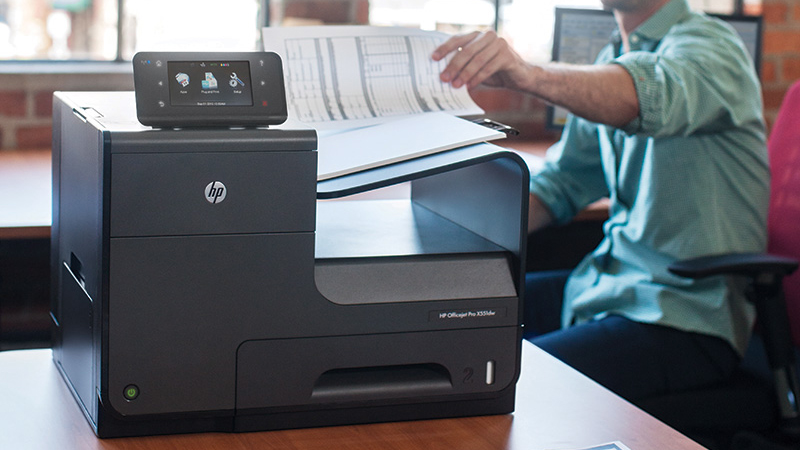 Laser printers vs Inkjet: Which is best for the workplace?
Laser printers vs Inkjet: Which is best for the workplace?In-depth You should always use a laser printer over an inkjet for business, right? Not necessarily
By Clare Hopping
-
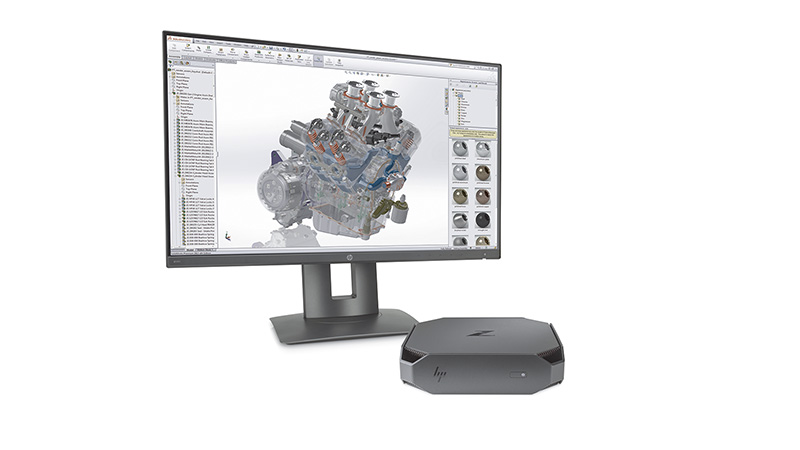 Big data, no problem
Big data, no problemSponsored When it comes to crunching data there's no such thing as too much power.
By Fidel Williams
-
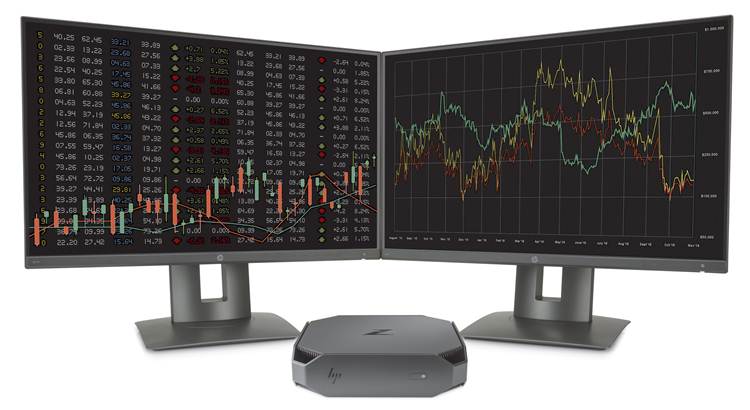 Big power in a small box
Big power in a small boxSponsored Crunching huge amounts of data needs a very powerful workstation.
By Fidel Williams
-
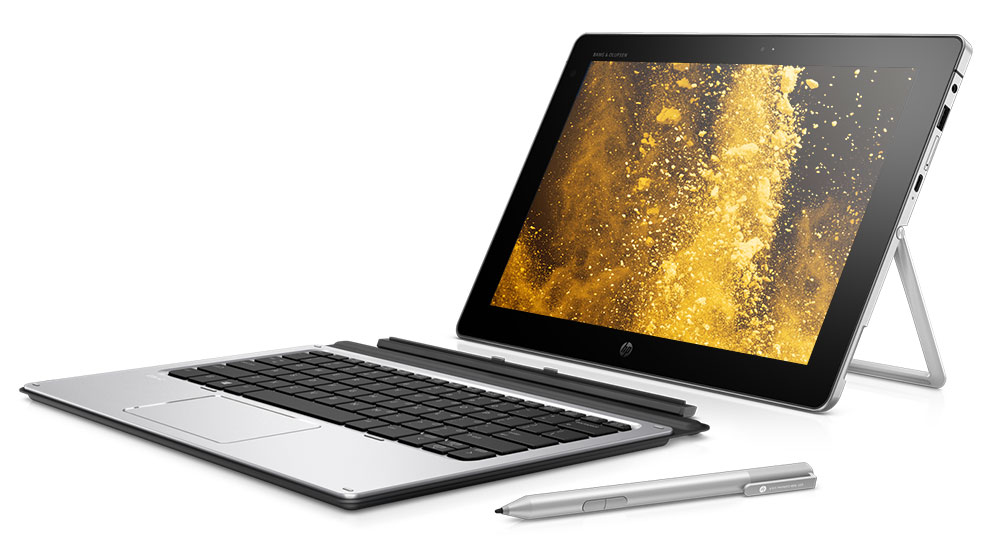 Making the move to a 2-in-1 device
Making the move to a 2-in-1 deviceSponsored Is HP's flagship 2-in-1 the ideal device for a busy, mobile business user?
By Jessica Ryan
-
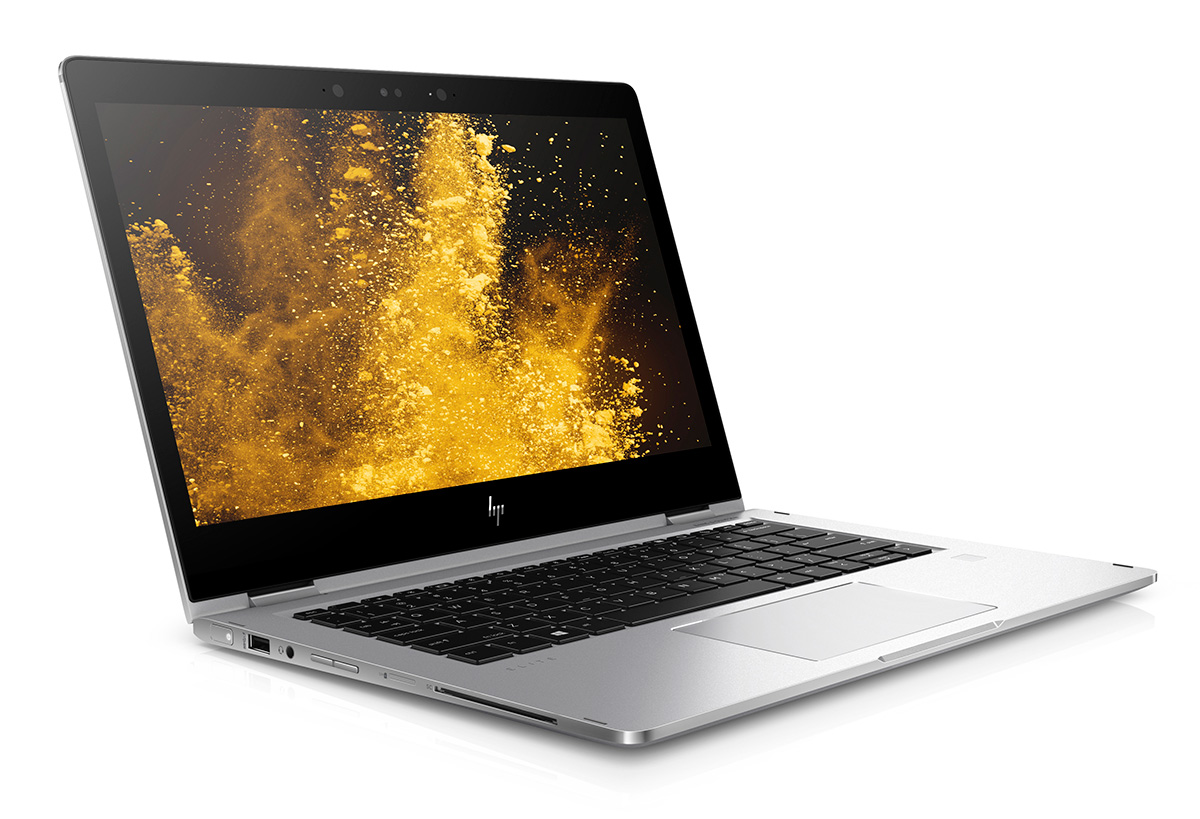 Living with a convertible laptop: part 1
Living with a convertible laptop: part 1Sponsored No more carrying a laptop and tablet, it's time to try something new.
By Riyad Emeran
-
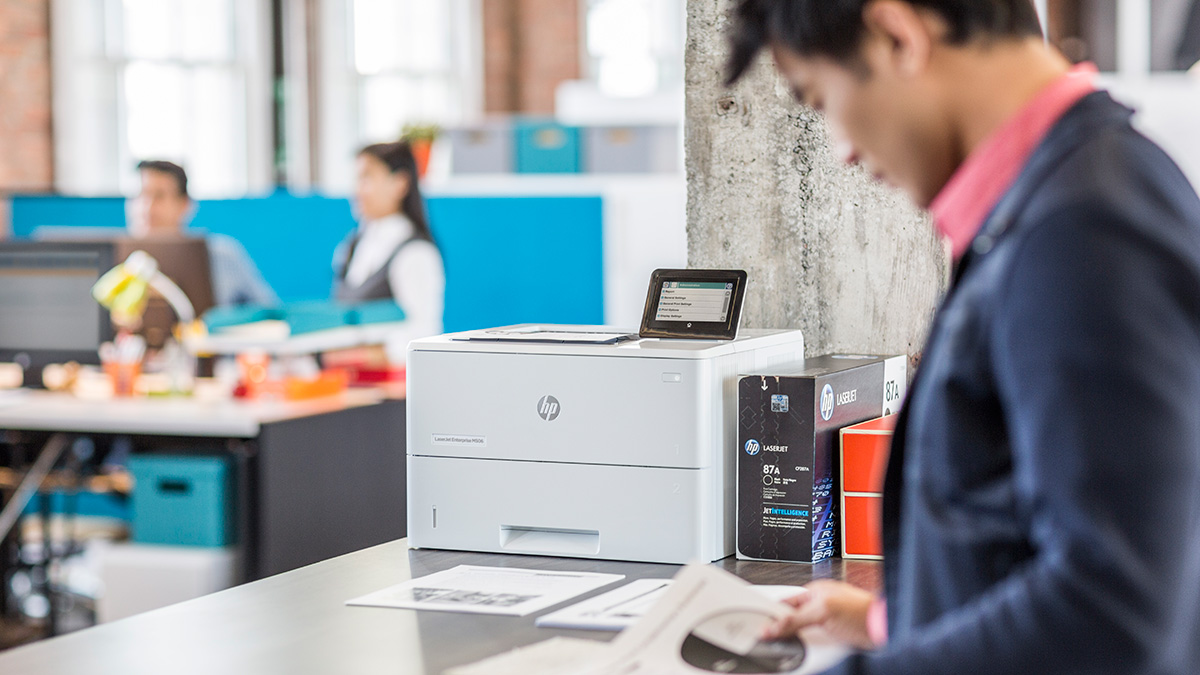 The evolution of managed print services
The evolution of managed print servicesSponsored The way we work is changing, and so is MPS.
By ITPro
-
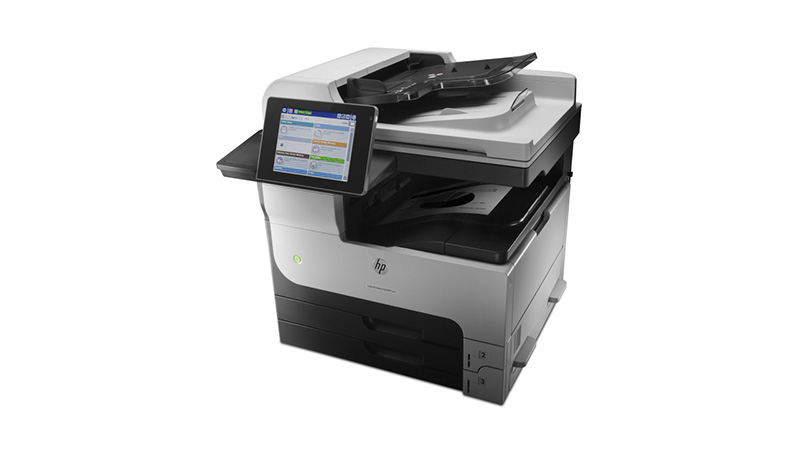 It's time to dump your photocopiers
It's time to dump your photocopiersSponsored If your business is still running a fleet of copiers, you should consider HP's new A3 MFPs instead.
By ITPro
